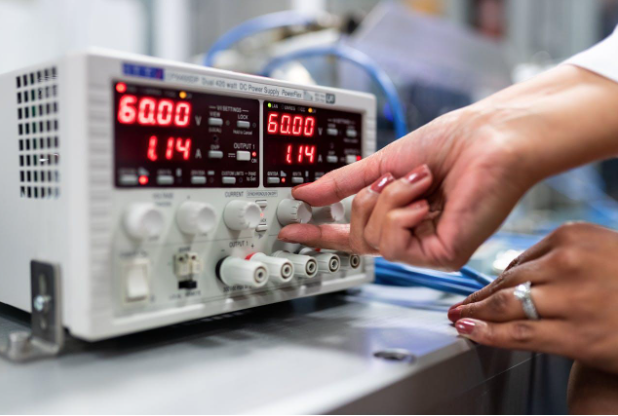Photoreactors have transformed how chemists conduct light-driven reactions in laboratory settings. These specialized devices harness light energy to initiate and control chemical processes, making reactions more efficient and selective.
Whether you’re working with organic synthesis or studying photocatalysis, proper scaling techniques can dramatically improve your results. Getting the most out of your photoreactor equipment requires attention to several critical factors.
Small adjustments in setup and operation can lead to significant improvements in reaction yields and consistency.
Master Temperature Management
Heat buildup from intense lighting can quickly derail your reactions. Most photochemical processes have narrow temperature windows where they perform optimally. Install temperature sensors directly in your reaction mixture rather than relying on external measurements.
Active cooling systems work better than passive heat dissipation for most applications. Water jackets or thermoelectric coolers give you precise control over reaction temperatures. Remember that some reactions actually benefit from slight warming, so don’t assume colder is always better.
Choose Your Light Source for the Photoreactor Lab Equipment Wisely
The lamp you select serves as the prime of your photoreactor lab equipment. Different reactions require specific wavelengths to activate properly. LED arrays offer excellent control over wavelength selection and intensity, while traditional mercury or xenon lamps provide broader spectrum coverage.
Intensity matters just as much as wavelength. Too much light can cause unwanted side reactions or photodegradation, while insufficient intensity leads to incomplete conversions. Start with moderate settings and gradually increase until you find the sweet spot for your specific reaction.
Select the Right Reaction Vessel
Your choice of reaction vessel material significantly impacts light transmission and reaction outcomes. Quartz vessels offer excellent UV transparency but come with higher costs. Borosilicate glass works well for visible light applications and provides good chemical resistance.
Size considerations extend beyond simple volume calculations. Thin-walled vessels with larger surface areas expose more of your reaction mixture to light, improving efficiency. However, very thin walls may compromise mechanical strength, especially under vacuum or pressure conditions.
Optimize Gas Flow Parameters
Many photoreactions benefit from controlled atmospheres or gas purging. Oxygen can interfere with certain photocatalytic processes, making nitrogen or argon purging essential. Flow rates need careful calibration to remove unwanted gases without disturbing your reaction mixture.
Consider these gas flow essentials:
- Maintain steady flow rates to avoid pressure fluctuations
- Use gas purification systems to remove trace impurities
- Position inlet and outlet tubes to promote good gas exchange
- Monitor dissolved gas levels when working with sensitive reactions
Perfect Your Mixing Strategy
Uniform mixing ensures consistent light exposure throughout your reaction volume. Traditional magnetic stirring works for most applications, but mechanical stirrers handle higher viscosity solutions more effectively. Avoid stirring speeds that create vortexing, which can introduce air bubbles.
Ultrasonic mixing offers an alternative for reactions where mechanical agitation might cause problems. This technique works particularly well for heterogeneous photocatalytic systems where solid catalysts need to remain suspended.
Establish Comprehensive Safety Measures
Photoreactor operations present unique safety challenges that require specific precautions. UV radiation poses serious health risks, making proper eye and skin protection mandatory. Install interlocks that automatically shut off lamps when accessing the reaction chamber.
Ventilation systems must handle both chemical vapors and ozone generated from UV lamps. Emergency shutdown procedures should be clearly posted and practiced regularly. Keep fire extinguishers rated for electrical equipment nearby, as lamp failures can occasionally cause sparks.

